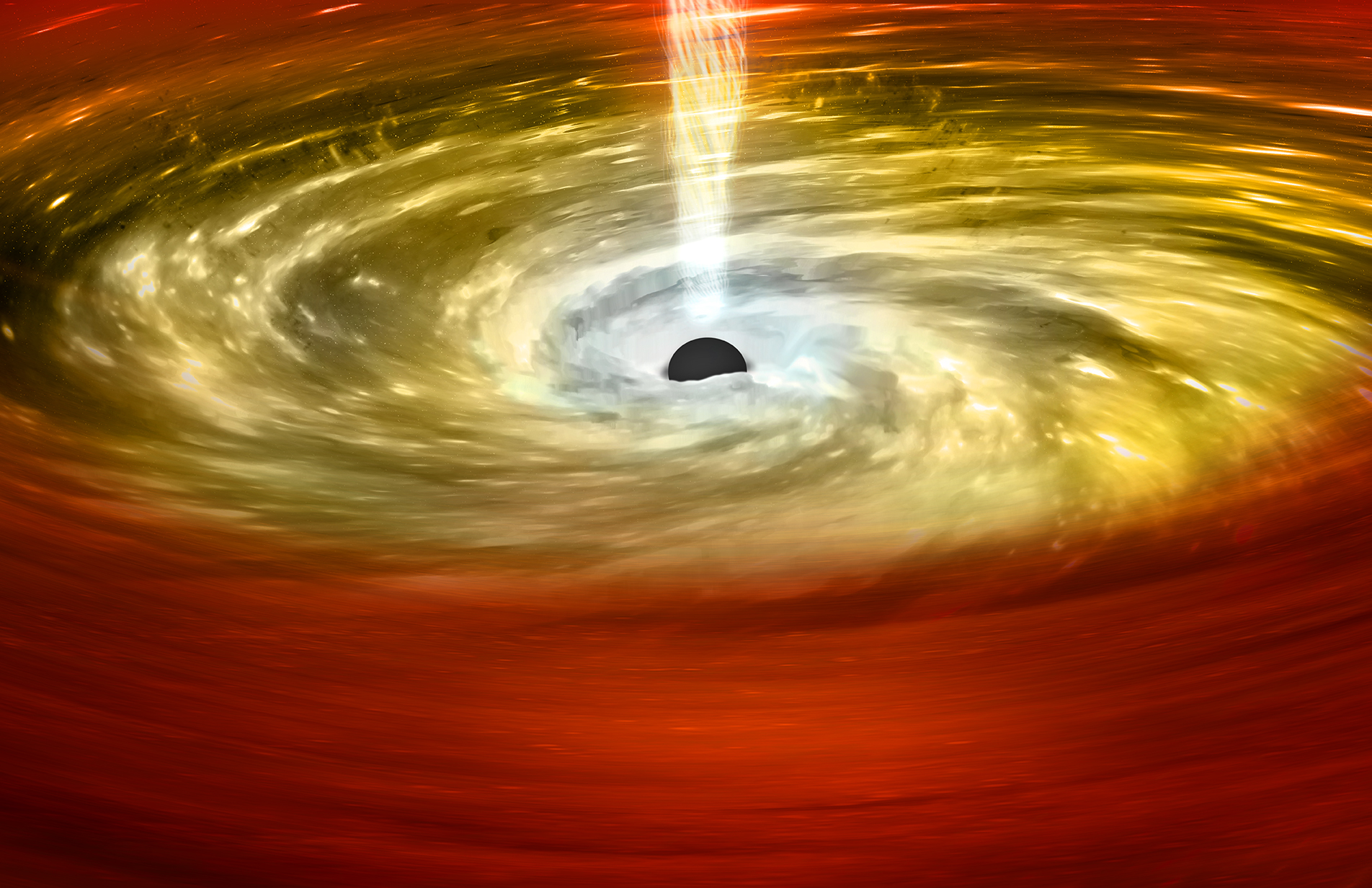

In the latest run of observations for gravitational waves, an international team of astronomers have observed a significant number of these events. From November 2019 to March 2020, using the LIGO and Virgo observatories, the team recorded 35 gravitational wave events in less than five months.
Gravitational waves are ripples in space-time that are produced when large masses accelerate, like when two black holes collide. The first gravitational wave was detected in 2015, and this new haul bumps up the total number of observed events to 90. Among the catalog of findings were 32 likely black hole mergers and at least two mergers between a black hole and a neutron star. The paper, which has not yet been peer reviewed, was published on ArXiv.
This was a “tsunami” of discoveries that represents a “major leap forward in our quest to unlock the secrets of the Universe’s evolution,” The Australian National University’s Susan Scott, an astrophysicist and co-author of the paper, said in a statement. They can find gravitational waves at a “tenfold increase” because of advancements with LIGO and Virgo, she added.
In their first four months of observations which occurred between 2015 and 2016, the team only detected three gravitational wave events. This second time around, “we’ve detected 35 events,” said Scott, “That’s massive!”
Among the cohort discoveries, the team found a giant pair of black holes orbiting each other, with masses of 87 and 61 solar masses (one solar mass is the mass of the sun). As they merge, the resultant black hole has 141 solar masses, making it what scientists call an intermediate-mass black hole. That puts it at a size that’s typically quite difficult to detect. Another detection came from a suspected collision between a black hole and a neutron star just 1.17 times the mass of the sun. If those calculations are correct, this would be one of the smallest neutron stars ever found.
[Related: Astronomers may have found the surprisingly elusive medium-sized black hole]
Astronomers have only recently confirmed findings of black holes merging with neutron stars—scientists proposed two candidates in 2019, but it was only this past summer the findings were confirmed with further studies and scientific input. Because they are so new to our eyes, there’s still a lot more to understand about how black holes and neutron stars interact in these collisions. And further research could reveal secrets to our universe’s evolution.
“This really is a new era for gravitational wave detections and the growing population of discoveries is revealing so much information about the life and death of stars throughout the Universe,” Scott said in a statement.
“Only now are we starting to appreciate the wonderful diversity of black holes and neutron stars,” Christopher Berry, a theoretical physicist at the University of Glasgow and a coauthor of the paper, said in a statement by LIGO. “Our latest results prove that they come in many sizes and combinations—we have solved some long-standing mysteries, but uncovered some new puzzles too. Using these observations, we are closer to unlocking the mysteries of how stars, the building blocks of our Universe, evolve.”